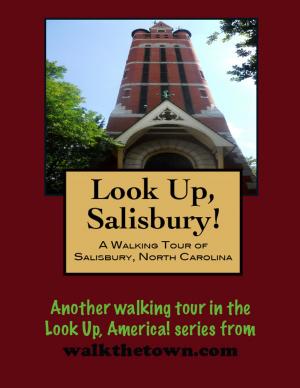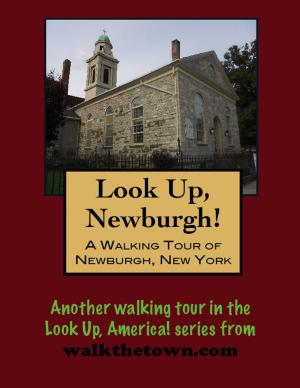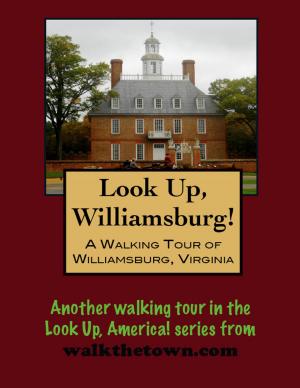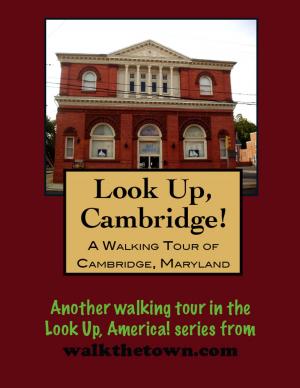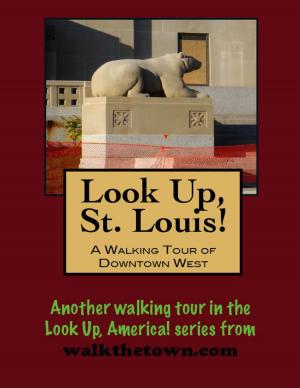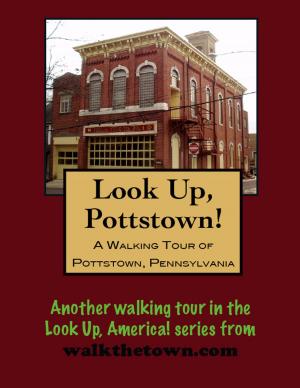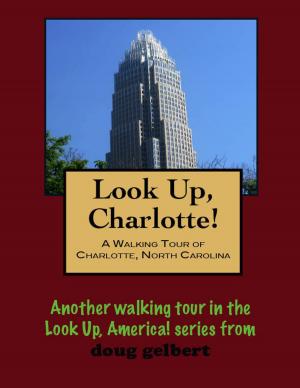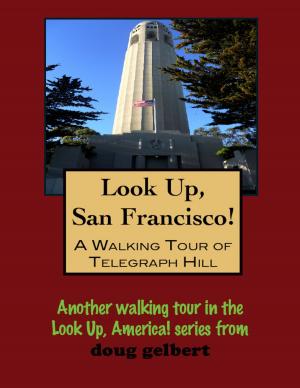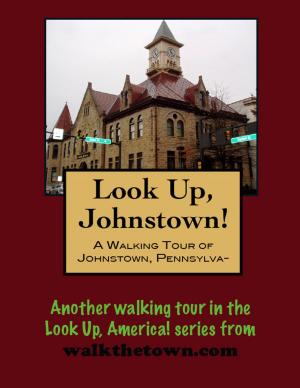| Author: | Doug Gelbert | ISBN: | 9781458132239 |
| Publisher: | Doug Gelbert | Publication: | March 1, 2011 |
| Imprint: | Smashwords Edition | Language: | English |
| Author: | Doug Gelbert |
| ISBN: | 9781458132239 |
| Publisher: | Doug Gelbert |
| Publication: | March 1, 2011 |
| Imprint: | Smashwords Edition |
| Language: | English |
There is no better way to see America than on foot. And there is no better way to appreciate what you are looking at than with a walking tour. This walking tour of New Orleans' French Quarter is ready to explore when you are. Each walking tour describes historical, architectural landmarks, cultural sites and ecclesiastic touchstones and provides step-by-step directions.
Every tour also includes a quick primer on identifying architectural styles seen on American streets.
The Dutch were the first Europeans to set up camp at the confluence of the Connecticut and Park rivers when fur traders from New Netherlands established a post in the early 1620s. The first English settlers arrived in the persons of Thomas Hooker and Samuel Stone in 1635 and the scattering of log houses took the name of Stone’s English birthplace, Hertford.
A half century later Hartford became one of the first trouble spots in the American colonies for the English crown. In 1687 Sir Edmund Andros, the English governor, demanded that the town’s citizens surrender a 25-year old charter granted by King Charles II that gave the colony its independence. Instead the locals hid the charter in the hollow of a large oak tree for about three days. Today a stone marker remembers the Charter Oak a short distance east of the original town center of Main and Buckingham streets.
Hartford has been a capital town for over 300 years but it shared that distinction with New Haven for well over half that time. Until 1818 each town held a legislative session each year and then began hosting the legislature on alternate years. Finally by vote of the citizenry in 1874 Hartford became THE capital of Connecticut.
Hartford’s reputation is as the “insurance capital of the world” but there has always been room in its commercial life for more than underwriting and actuarial charts. It historically has been an agricultural market and tobacco sorting and packing was an important industry. Hartford manufacturers produced typewriters, tools, firearms (Samuel Colt made his revolvers in a brick armory at a bend in the Connecticut River), and the creation of gold leaf among many others. That first insurance policy, by the by, was written in 1810 by the Hartford Fire Insurance Company.
By the 1870s Hartford was said to have the highest per capita income in America. In 1868, Mark Twain, who would move here, exclaimed: “Of all the beautiful towns it has been my fortune to see, Hartford is the chief.” Our walking tour will begin in America’s first public park, which was opening about the time Twain was making his remarks. We’ll see some of what he saw and plenty more...
There is no better way to see America than on foot. And there is no better way to appreciate what you are looking at than with a walking tour. This walking tour of New Orleans' French Quarter is ready to explore when you are. Each walking tour describes historical, architectural landmarks, cultural sites and ecclesiastic touchstones and provides step-by-step directions.
Every tour also includes a quick primer on identifying architectural styles seen on American streets.
The Dutch were the first Europeans to set up camp at the confluence of the Connecticut and Park rivers when fur traders from New Netherlands established a post in the early 1620s. The first English settlers arrived in the persons of Thomas Hooker and Samuel Stone in 1635 and the scattering of log houses took the name of Stone’s English birthplace, Hertford.
A half century later Hartford became one of the first trouble spots in the American colonies for the English crown. In 1687 Sir Edmund Andros, the English governor, demanded that the town’s citizens surrender a 25-year old charter granted by King Charles II that gave the colony its independence. Instead the locals hid the charter in the hollow of a large oak tree for about three days. Today a stone marker remembers the Charter Oak a short distance east of the original town center of Main and Buckingham streets.
Hartford has been a capital town for over 300 years but it shared that distinction with New Haven for well over half that time. Until 1818 each town held a legislative session each year and then began hosting the legislature on alternate years. Finally by vote of the citizenry in 1874 Hartford became THE capital of Connecticut.
Hartford’s reputation is as the “insurance capital of the world” but there has always been room in its commercial life for more than underwriting and actuarial charts. It historically has been an agricultural market and tobacco sorting and packing was an important industry. Hartford manufacturers produced typewriters, tools, firearms (Samuel Colt made his revolvers in a brick armory at a bend in the Connecticut River), and the creation of gold leaf among many others. That first insurance policy, by the by, was written in 1810 by the Hartford Fire Insurance Company.
By the 1870s Hartford was said to have the highest per capita income in America. In 1868, Mark Twain, who would move here, exclaimed: “Of all the beautiful towns it has been my fortune to see, Hartford is the chief.” Our walking tour will begin in America’s first public park, which was opening about the time Twain was making his remarks. We’ll see some of what he saw and plenty more...


